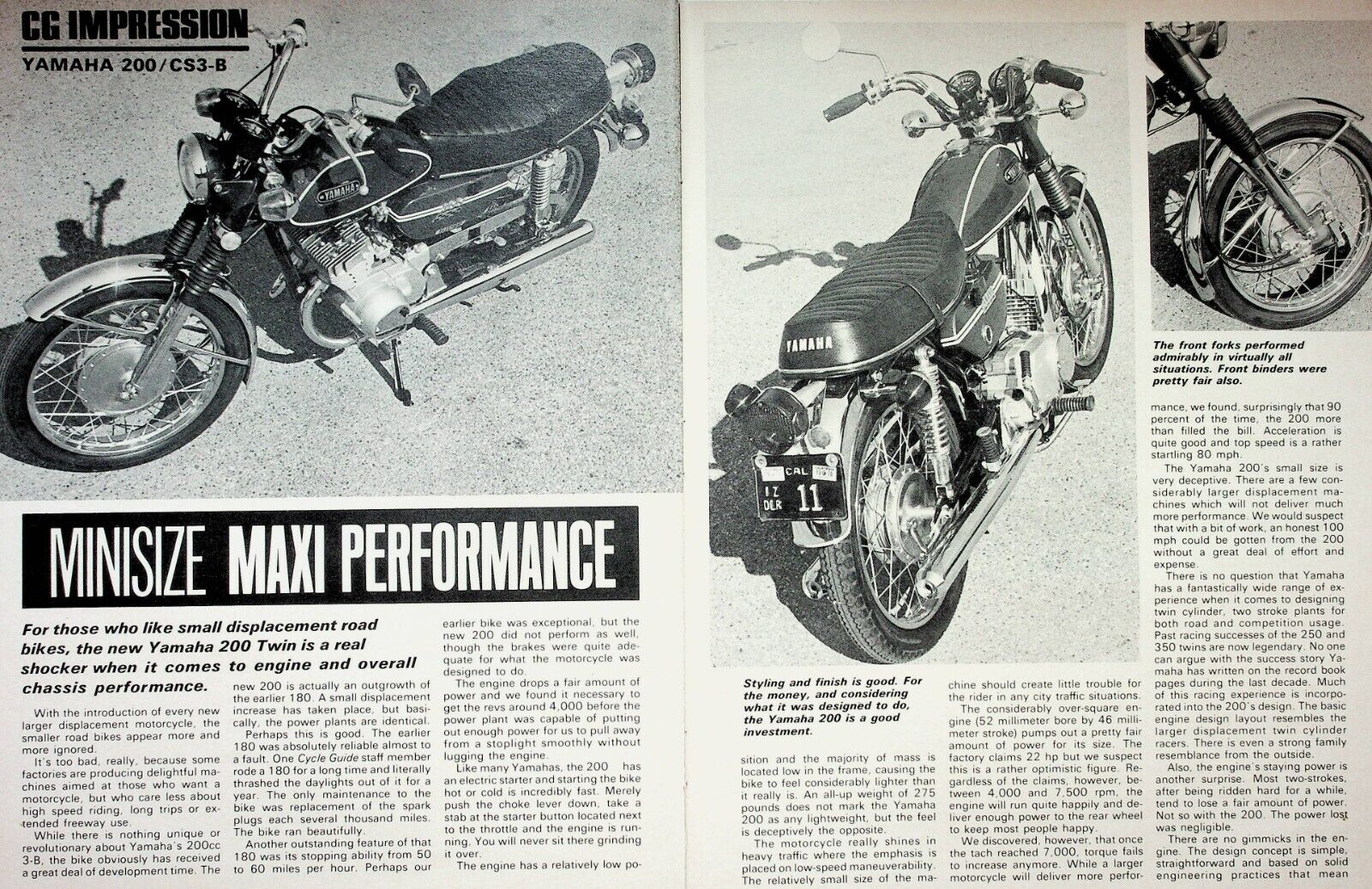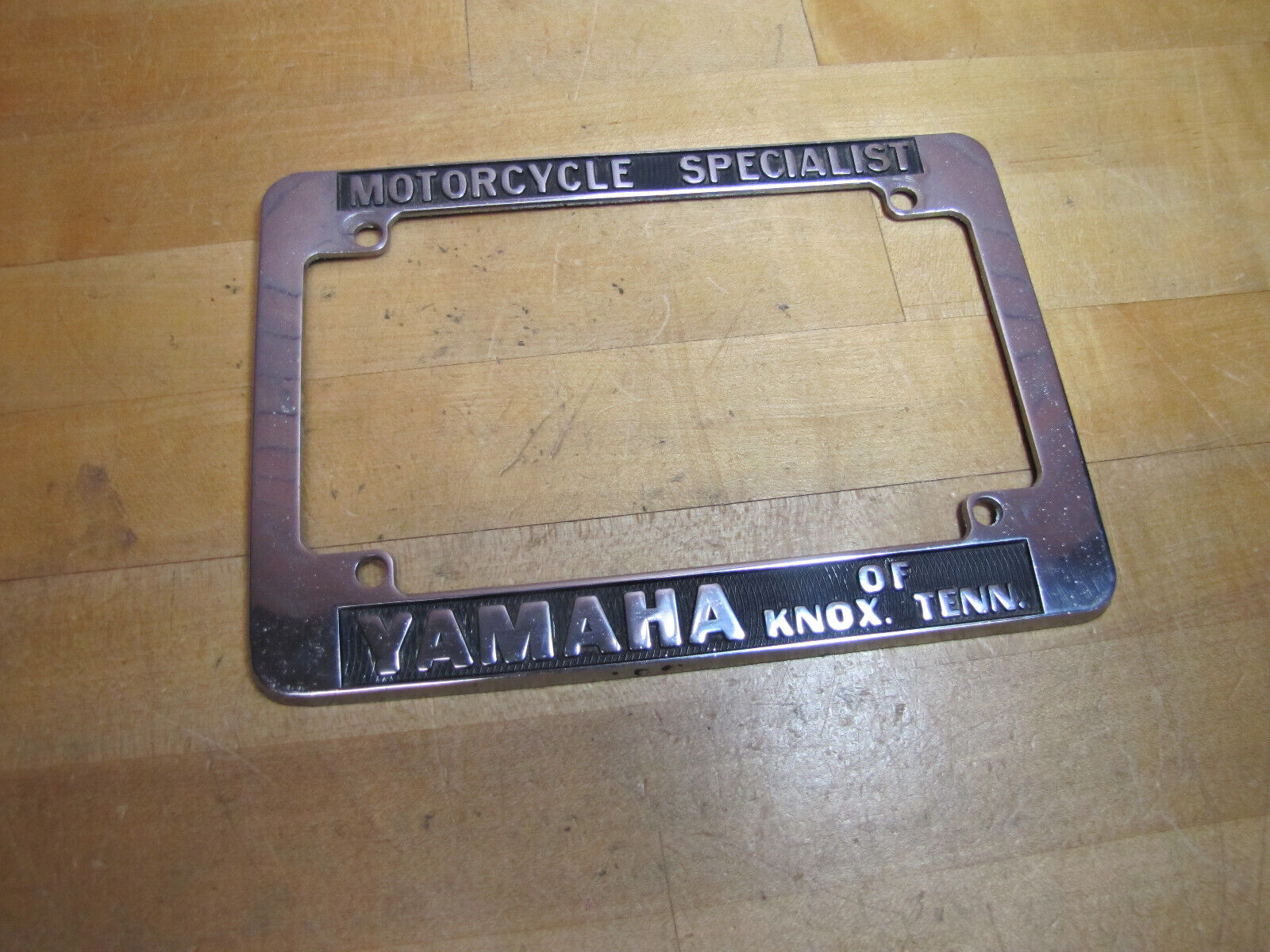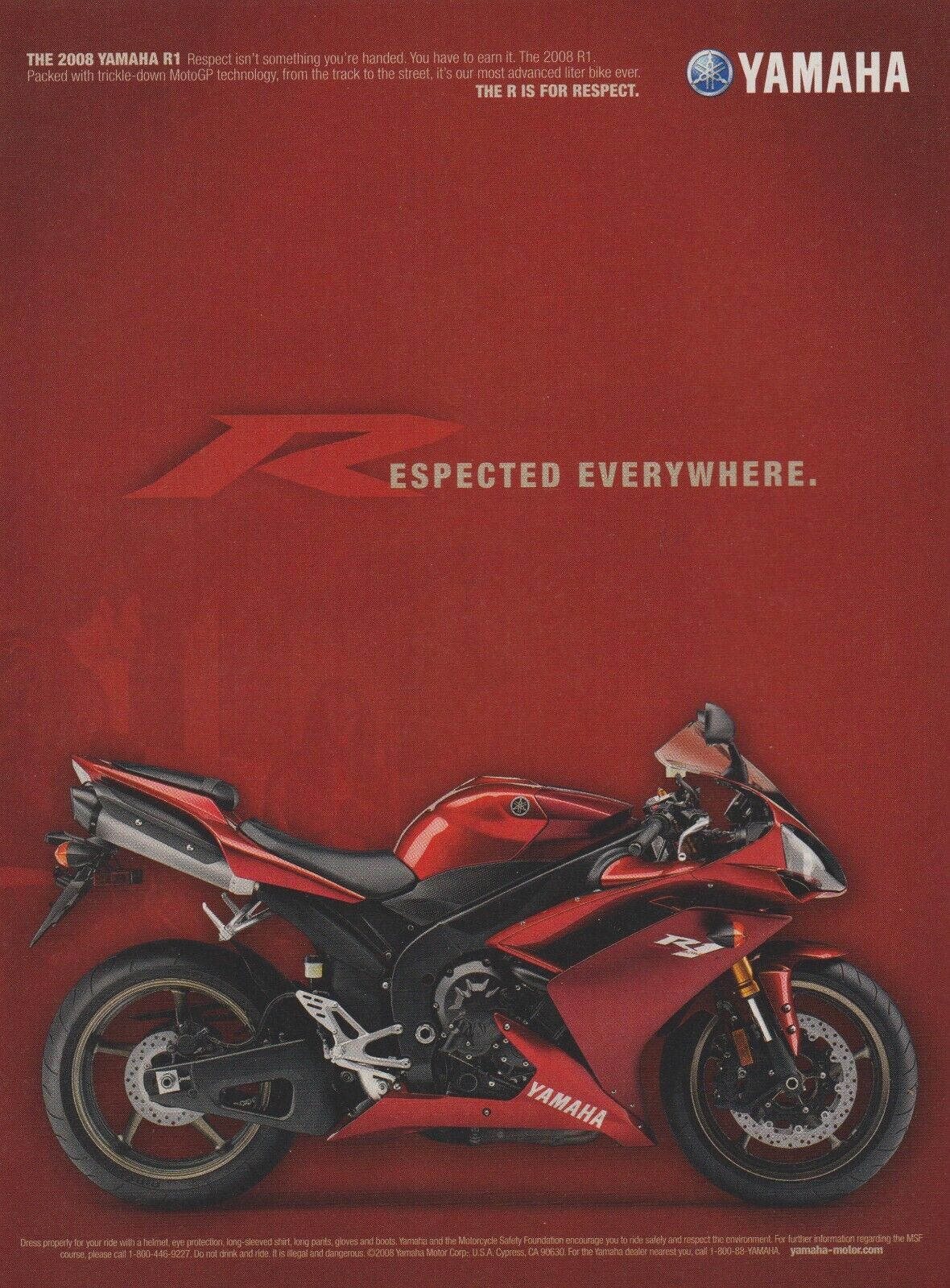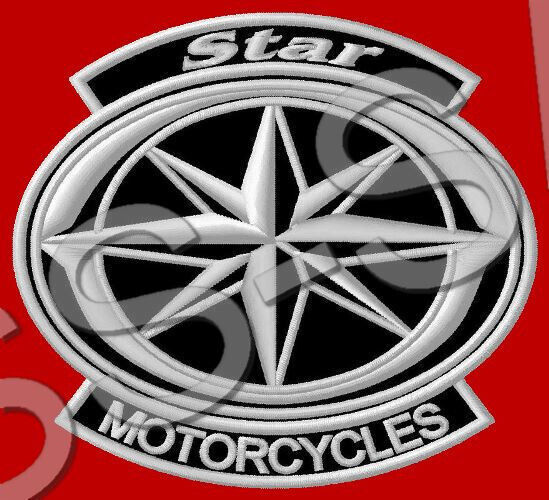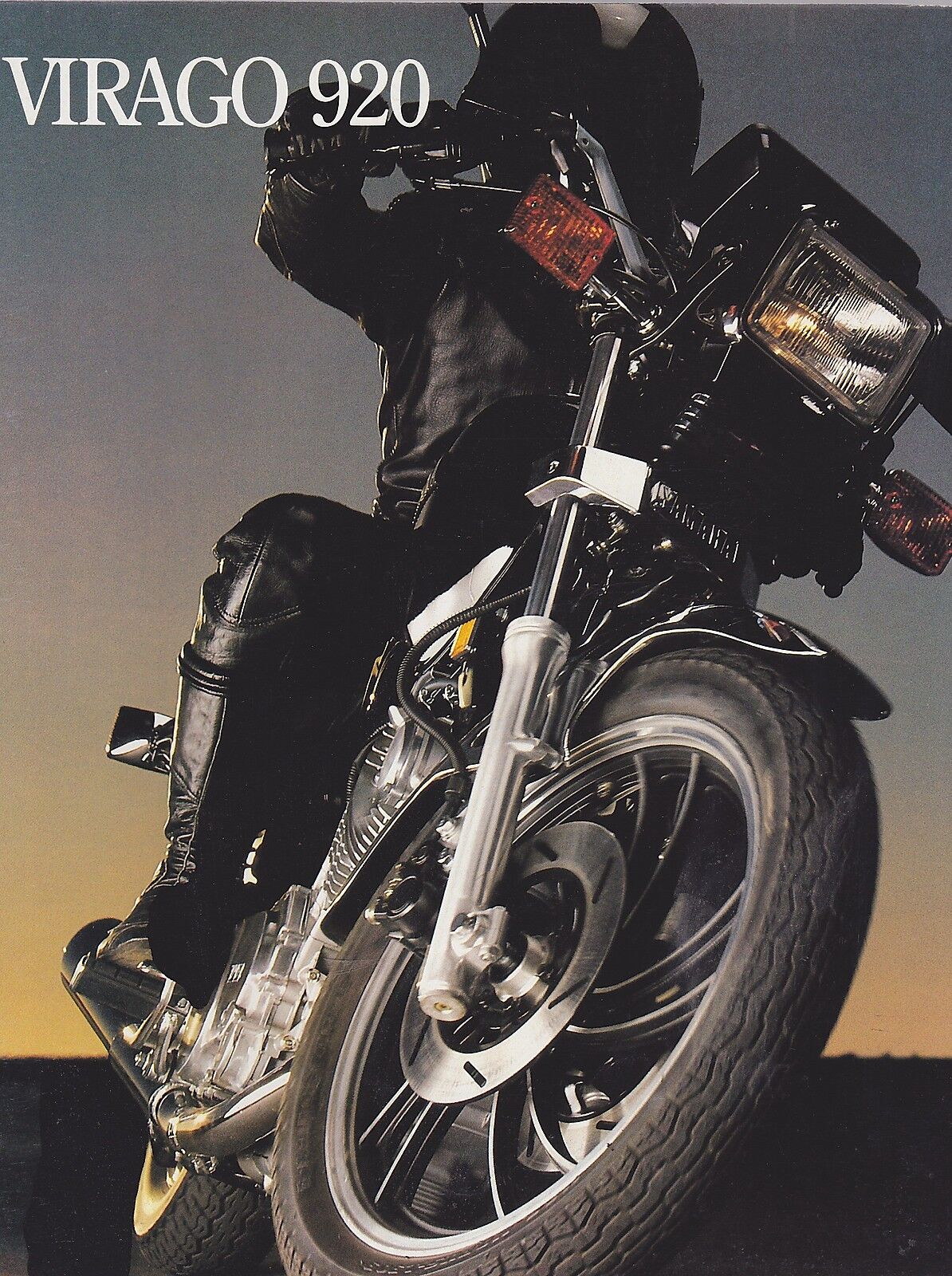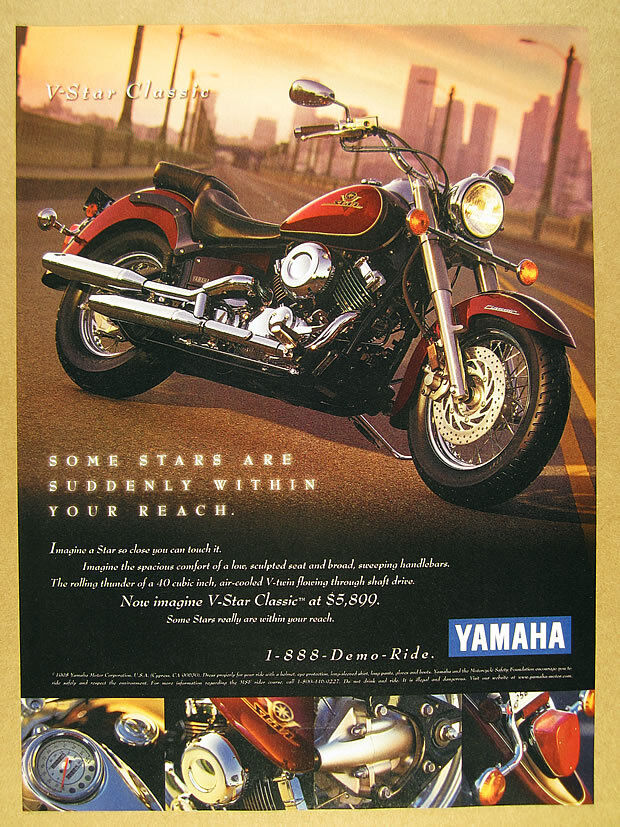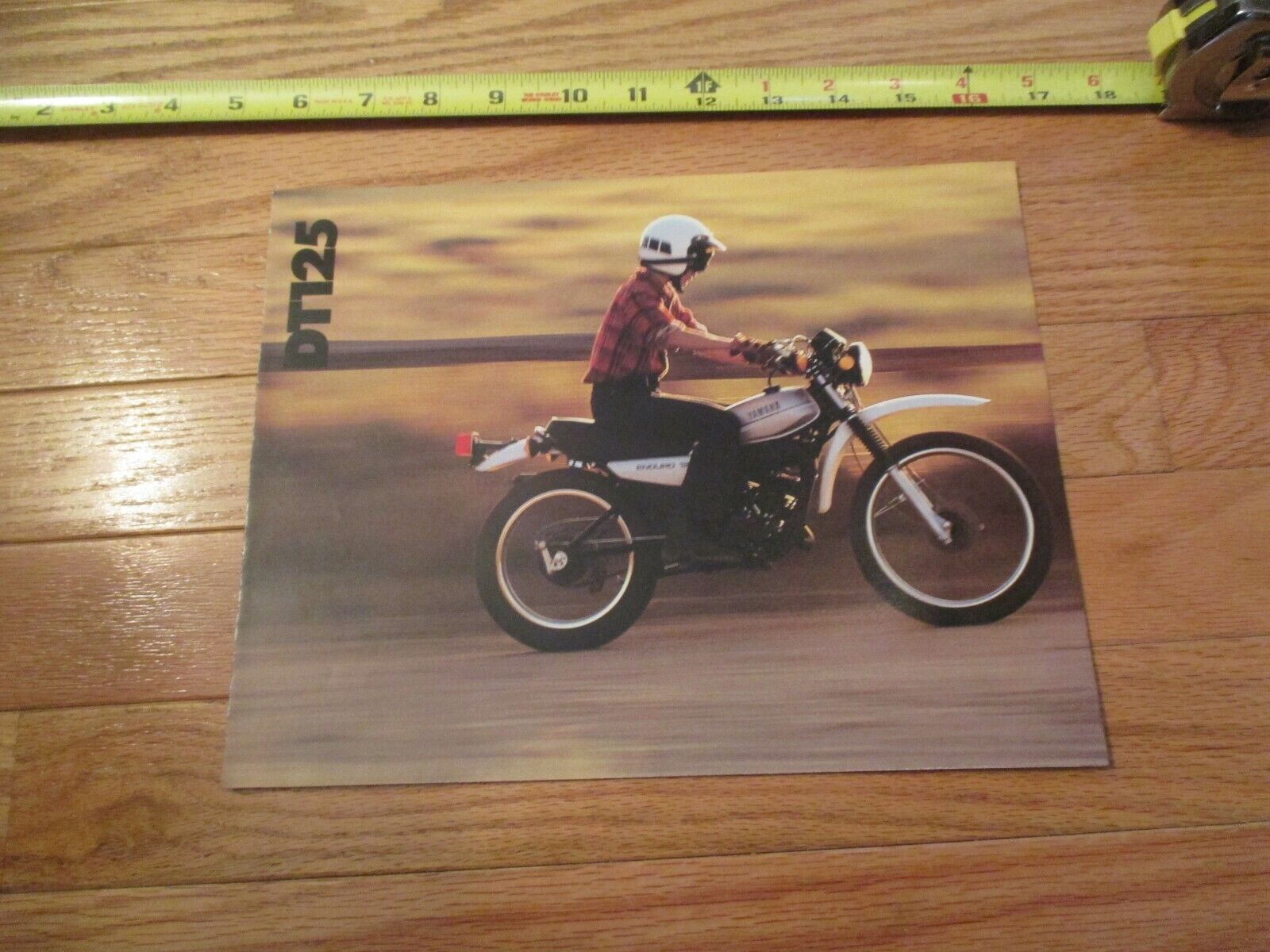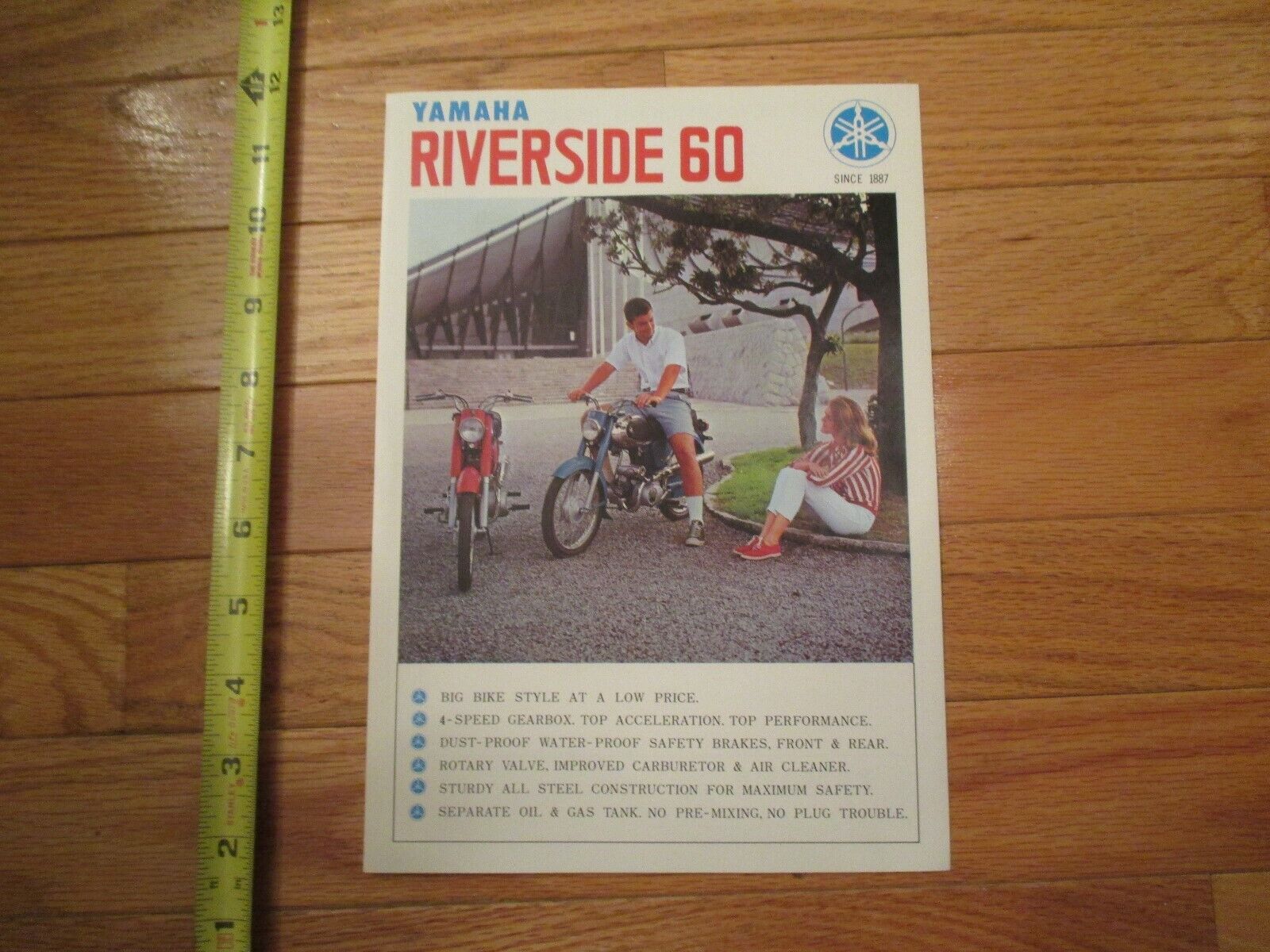-40%
1971 Yamaha 200 Twin CS3B - 3-Page Vintage Motorcycle Article
$ 7.6
- Description
- Size Guide
Description
1971 Yamaha 200 Twin CS3B - 3-Page Vintage Motorcycle ArticleOriginal, Vintage Magazine article.
Page Size: Approx. 8" x 11" (21 cm x 28 cm) each page
Condition: Good
The front forks performed
admirably in virtually all
situations. Front binders were
pretty fair also.
MINISIZE Mill PEHMIUCE
For those who like small displacement road
hikes, the new Yamaha 200 Twin is a real
shocker when it comes to engine and overall
chassis performance.
With the introduction of every new
larger displacement motorcycle, the
smaller road bikes appear more and
more ignored.
It's too bad, really, because some
factories are producing delightful ma-
chines aimed at those who want a
motorcycle, but who care less about
high speed riding, long trips or ex-
tended freeway use.
While there is nothing unique or
revolutionary about Yamaha's 200cc
3-B, the bike obviously has received
a great deal of development time. The
new 200 is actually an outgrowth of
the earlier 1 80 A small displacement
increase has taken place., but basi-
cally, the power plants are identical
Perhaps this is good. The earlier
1 80 was absolutely reliable almost to
a fault One Cycle Guide staff member
rode a 1 80 for a long time and literally
thrashed the daylights out of it for a
year. The only maintenance to the
bike was replacement of the spark
plugs each several thousand miles.
The bike ran beautifully.
Another outstanding feature of that
180 was its stopping ability from 50
to 60 miles per hour. Perhaps our
earlier bike was exceptional, but the
new 200 did not perform as well,
though the brakes were quite ade-
quate for what the motorcycle was
designed to do
The engine drops a fair amount of
power and we found it necessary to
get the revs around 4,000 before the
power plant was capable of putting
out enough power for us to pull away
from a stoplight smoothly without
lugging the engine.
Like many Yamahas, the 200 has
an electric starter and starting the bike
hot or cold is incredibly fast. Merely
push the choke lever down, take a
stab at the starter button located next
to the throttle and the engine is run-
ning. You will never sit there grinding
it over.
The engine has a relatively low po-
Styling and finish is good. For
the money, and considering
what it was designed to do,
the Yamaha 200 is a good
investment.
sition and the majority of mass is
located low in the frame, causing the
bike to feel considerably lighter than
it really is. An all-up weight of 275
pounds does not mark the Yamaha
200 as any lightweight, but the feel
is deceptively the opposite.
The motorcycle really shines in
heavy traffic where the emphasis is
placed on low-speed maneuverability
The relatively small size of the ma-
chine should create little trouble for
the rider in any city traffic situations.
The considerably over-square en-
gine (52 millimeter bore by 46 milli-
meter stroke) pumps out a pretty fair
amount of power for its size. The
factory claims 22 hp but we suspect
this is a rather optimistic figure. Re-
gardless of the claims, however, be-
tween 4,000 and 7,500 rpm, the
engine will run quite happily and de-
liver enough power to the rear wheel
to keep most people happy.
We discovered, however, that once
the tach reached 7,000, torque fails
to increase anymore. While a larger
motorcycle will deliver more perfor-
mance, we found, surprisingly that 90
percent of the time, the 200 more
than filled the bill. Acceleration is
quite good and top speed is a rather
startling 80 mph.
The Yamaha 200's small size is
very deceptive. There are a few con-
siderably larger displacement ma-
chines which will not deliver much
more performance. We would suspect
that with a bit of work, an honest 1 00
mph could be gotten from the 200
without a great deal of effort and
expense.
There is no question that Yamaha
has a fantastically wide range of ex-
perience when it comes to designing
twin cylinder, two stroke plants for
both road and competition usage.
Past racing successes of the 250 and
350 twins are now legendary. No one
can argue with the success story Ya-
maha has written on the record book
pages during the last decade. Much
of this racing experience is incorpo-
rated into the 200's design. The basic
engine design layout resembles the
larger displacement twin cylinder
racers. There is even a strong family
resemblance from the outside.
Also, the engine’s staying power is
another surprise. Most two-strokes,
after being ridden hard for a while,
tend to lose a fair amount of power.
Not so with the 200 The power lost
was negligible.
There are no gimmicks in the en-
gine. The design concept is simple,
straightforward and based on solid
engineering practices that mean...
16440
